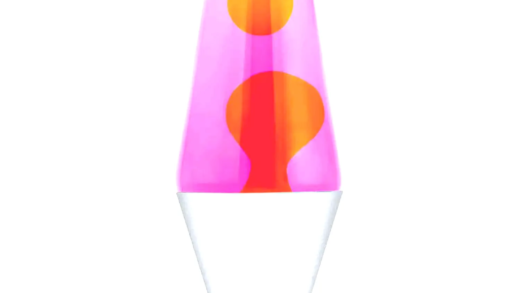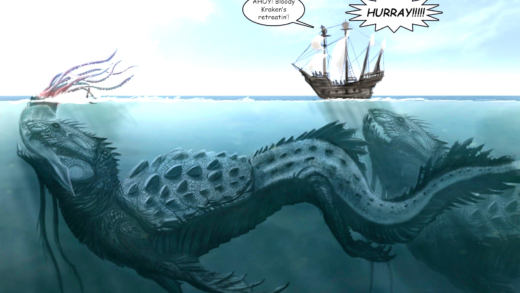This guide covers essential aspects of paper mache, including materials, preparation techniques, glue options, application processes, drying times, decoration methods, common mistakes to avoid, reinforcement strategies, and creative project ideas.
What You Need: Paper Mache Materials
Paper mache materials are essential for creating stunning art pieces. The primary components you will need include:
- Paper: Use newspapers or any recycled paper. Avoid glossy paper as it doesn’t adhere well.
- Adhesive: You can use PVA glue, flour and water paste, or commercial paper mache glue.
- Water: Necessary for mixing with adhesive to create your paste.
- Base or Mold: This can be a balloon, cardboard structure, or any item that holds shape.
- Tools: Scissors, a brush for applying glue, and a bowl for mixing materials.
These materials set the foundation for any paper mache project. Ensure you gather enough supplies to avoid interruptions while crafting.
Getting Ready: How to Prepare Paper for Paper Mache
Preparing paper for paper mache is a crucial step that influences the final outcome. The best ways to prepare paper include:
- Shredding: Tear the paper into strips or small pieces. This helps in better adhesion and flexibility.
- Soaking: Soak the shredded paper in water for a few hours. This process softens the fibers, making them easier to mold.
- Mixing with Adhesive: Combine the soaked paper with your chosen glue. This creates a paste that adheres well to your base.
By preparing the paper correctly, you enhance the quality and durability of your paper mache creations.
Sticky Solutions: Best Glue or Paste for Paper Mache
Choosing the best glue for paper mache can significantly affect your crafting experience. The most effective options include:
- PVA Glue: This white glue is versatile and dries clear, making it ideal for most projects.
- Flour and Water Paste: A homemade option that is cost-effective. Mix one part flour with two parts water, stirring until smooth.
- Commercial Paper Mache Glue: Specifically designed for paper mache, offering excellent adhesion and quick drying.
It’s essential to select an adhesive that fits your project needs, ensuring a successful crafting experience.
Crafting Your Base: Creating a Base or Mold for Paper Mache
Creating a sturdy base for paper mache is crucial for ensuring your project holds its shape. A solid base provides the necessary support as you layer your paper strips. Here are some popular options for your mold:
- Balloons: Inflate a balloon to your desired size. Once your project is finished, simply pop the balloon to reveal your creation.
- Cardboard Structures: Cut and shape cardboard to form the base. This method is great for larger projects and can be reinforced for extra stability.
- Plastic Containers: Use empty containers as molds. They are easy to remove once the project dries.
When crafting your base, consider the following tips:
- Ensure your base is clean and dry to promote better adhesion.
- Apply a layer of plastic wrap to the mold before adding paper mache. This will make it easier to remove later.
- Test the sturdiness of your mold before applying paper strips to avoid any mishaps.
By following these steps, you can create a strong base that will enhance the quality of your paper mache projects.
The Application Process: How to Apply Paper Strips to Your Mold
Applying paper strips to your mold is where the magic happens in paper mache. This process requires precision and care. Here’s how to do it effectively:
- Dip and Apply: Dip your prepared paper strips in the adhesive mixture. Ensure they are fully saturated but not dripping.
- Layering: Start applying the strips from the bottom of your mold, working your way up. Overlap the strips slightly to ensure complete coverage.
- Smoothing Out: Use your fingers or a brush to smooth out air bubbles and wrinkles. A smooth surface will result in a better finish.
Remember to apply at least three layers for durability. Each layer should be allowed to dry before adding the next. This can prevent sagging and ensure a strong structure.
Patience is Key: How Long Does Paper Mache Take to Dry?
Understanding the drying time for paper mache is essential for planning your project. The drying time can vary based on several factors:
- Humidity: High humidity levels can slow down the drying process. Ensure your workspace is well-ventilated.
- Thickness: Thicker layers take longer to dry. A good rule of thumb is to wait at least 24 hours between layers.
- Type of Adhesive: Different adhesives have varying drying times. Commercial paper mache glue typically dries faster than homemade paste.
To check if your project is dry, gently touch the surface. If it feels cool or damp, it needs more time. Proper drying is crucial to avoid mold and ensure the integrity of your art piece.
Adding Flair: Painting and Decorating Your Paper Mache Creations
Painting and decorating your paper mache creations is a delightful way to add color and personality. To effectively enhance your projects, consider the following steps:
- Choose the Right Paint: Acrylic paints are ideal for paper mache as they adhere well and dry quickly. They come in various colors and finishes.
- Prepare the Surface: Once your paper mache is dry, lightly sand any rough areas to create a smooth surface for painting.
- Seal the Project: After painting, apply a clear sealant to protect your artwork from moisture and fading. This step is crucial for outdoor displays.
Consider using embellishments like glitter, beads, or fabric to further personalize your pieces. The creative possibilities are endless!
Common Pitfalls: Mistakes to Avoid When Making Paper Mache
Avoiding common mistakes can save time and effort in your paper mache projects. Here are a few pitfalls to watch out for:
- Skipping Drying Time: Rushing the drying process can lead to mold growth or structural weaknesses. Always allow sufficient drying time between layers.
- Using the Wrong Adhesive: Not all adhesives work equally well. Using the wrong glue can affect adhesion and durability. Stick to recommended options.
- Poor Surface Preparation: Failing to prepare your mold properly can result in difficulty removing the finished product. Always use a release agent like plastic wrap.
By being aware of these common mistakes, you can ensure a smoother crafting experience and achieve better results.
Strengthening Your Art: Reinforcing Paper Mache Projects
To make your paper mache projects more durable, consider these reinforcement strategies:
- Add Extra Layers: Applying additional layers of paper strips can significantly increase strength. Aim for at least three layers for a robust structure.
- Use Wire or Mesh: Incorporate wire or mesh within your layers for added support, especially for larger pieces.
- Apply a Hard Coat: After your project is dry, consider adding a hard coat of resin or varnish for extra protection and durability.
These techniques will help you create lasting paper mache art that can withstand the test of time.
Get Creative: Fun Project Ideas for Paper Mache
Ready to unleash your creativity? Here are some fun project ideas to inspire your next paper mache adventure:
- Animal Sculptures: Create lifelike or whimsical animal figures to decorate your space.
- Decorative Bowls: Use a balloon mold to make beautiful bowls for fruit or decorative items.
- Costumes and Masks: Craft unique masks for parties or Halloween that showcase your artistic flair.
- Seasonal Decorations: Make festive decorations for holidays like Halloween, Thanksgiving, or Christmas.
These projects not only provide a creative outlet but also allow you to share your art with others. So gather your materials and start crafting!





Comments are closed.